Combatting Mississippi River Salinity: USACE’s Freshwater Barging Initiative
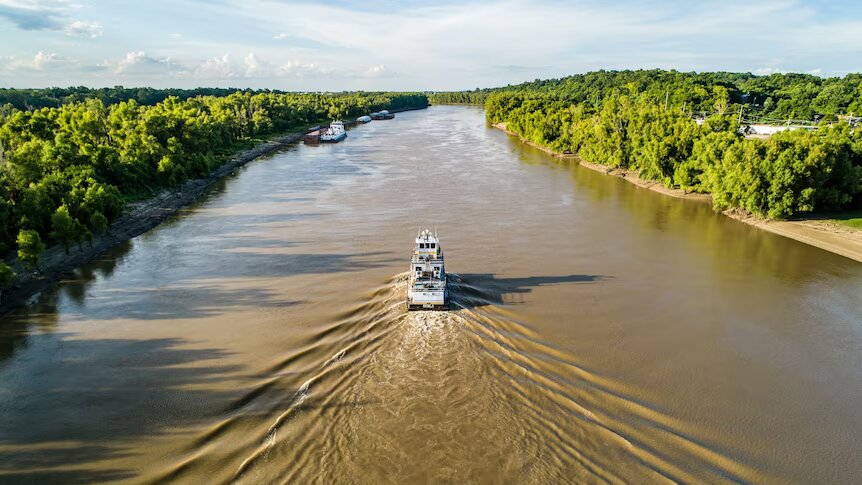
13th October 2023
United States Army Corps of Engineers (USACE) has initiated a groundbreaking effort to mitigate the increasing salinity levels in the Mississippi River, a critical waterway that serves as a lifeline for communities, agriculture, and industries along its path. The move comes as freshwater plants and aquatic ecosystems grapple with unprecedented salinity levels, posing severe threats to the region’s environment and economy.
Salinity Intrusion Threatens Vital Ecosystems
The Mississippi River, one of the longest rivers in North America, plays a vital role in supporting the livelihoods of millions of people and serves as a natural habitat for a diverse range of plant and animal species. However, over the past few years, the river has been facing an alarming problem – increased salinity.
Salinity intrusion occurs when saltwater from the Gulf of Mexico makes its way upstream, displacing freshwater and negatively impacting the river’s ecology. This intrusion has far-reaching consequences, including the destruction of wetlands, harm to aquatic life, and reduced water quality.
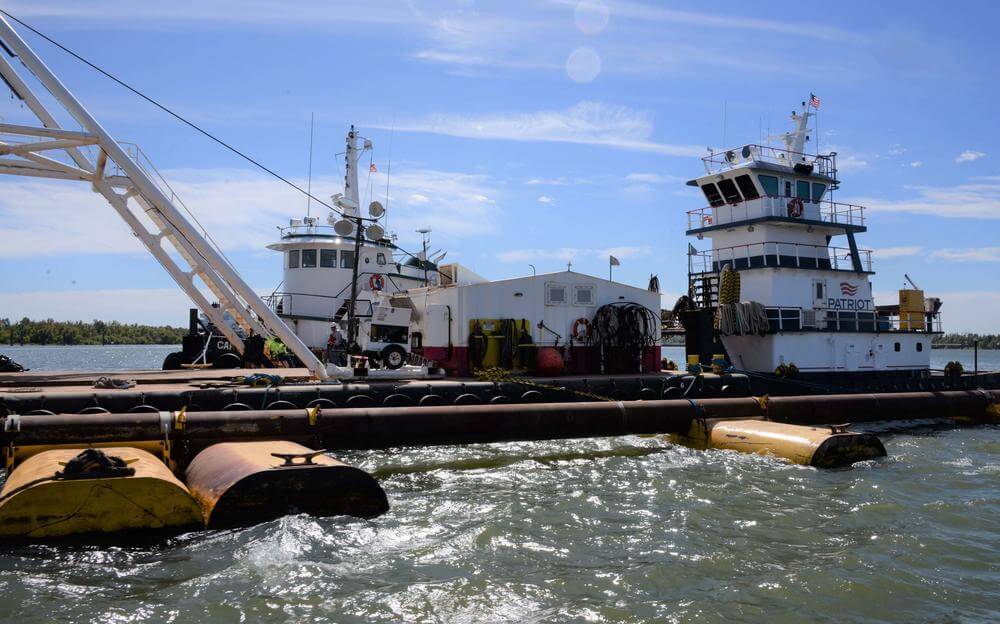
USACE Takes a Proactive Approach
Recognizing the urgency of the situation, the USACE has embarked on an ambitious mission to address the salinity crisis. They have initiated a program to transport freshwater from further upriver to dilute the saline waters plaguing the lower Mississippi. The process involves using specially designed barges to carry large quantities of freshwater from freshwater-rich regions, such as the Ohio River, and then release it into the Mississippi River downstream.
“This is a crucial step in preserving the ecological balance of the Mississippi River and ensuring its continued usability for navigation, agriculture, and drinking water,” stated Brigadier General Sarah Williams, Commander of the USACE’s Mississippi Valley Division. “Our commitment to safeguarding the river’s health and the livelihoods it supports is unwavering.”
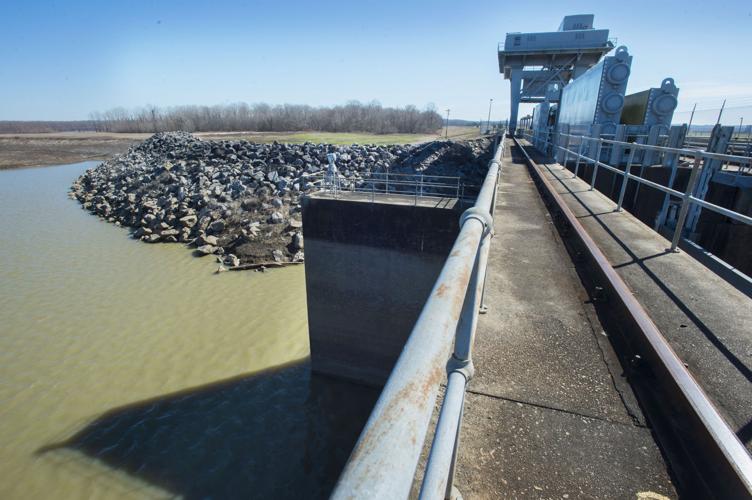
Unprecedented Collaborationa
The USACE’s efforts are not isolated. They have partnered with a diverse array of stakeholders, including state and local governments, environmental organizations, and industry leaders, to tackle this complex problem.
Environmental groups have lauded the USACE’s initiative as a significant step toward protecting fragile ecosystems and vulnerable species. Dr. Emily Davis, a marine biologist and spokesperson for the Gulf Restoration Network, expressed optimism about the program. “This collaboration demonstrates the importance of working together to address ecological challenges. By restoring a more balanced salinity level, we can protect the unique biodiversity of the Mississippi Delta.”
Agriculture and Industry Concerns
Salinity intrusion has also raised concerns among agricultural and industrial stakeholders, who depend on the Mississippi River for irrigation and transportation. Increased salt levels can harm crops, corrode industrial equipment, and disrupt shipping operations.
One of the largest concerns is the potential impact on the shipping industry, as saltwater can accelerate corrosion of vessels and infrastructure. Mark Richardson, President of the Mississippi Valley Shipping Association, emphasized the importance of maintaining a freshwater environment. “The Mississippi River is the backbone of the inland waterway system. Keeping it healthy and navigable is critical for transporting goods efficiently and economically.”
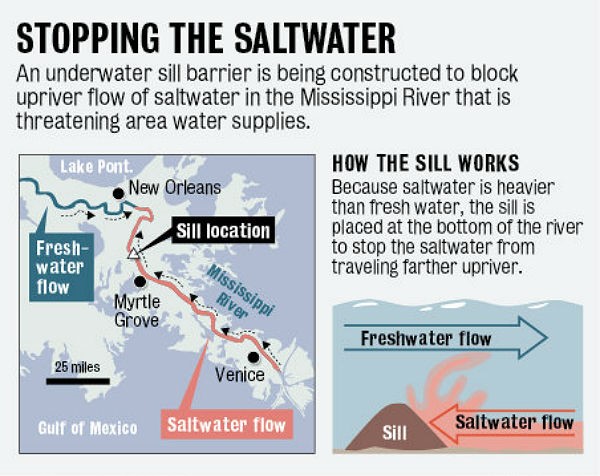
Logistics of Freshwater Transport
The USACE’s freshwater transport initiative involves several logistical challenges, including ensuring a reliable supply of freshwater, efficient transportation, and the management of discharge points along the river. The Corps plans to use a combination of pumping stations and pipelines to move the water from the Ohio River to the Mississippi River.
This massive operation requires careful coordination to avoid potential conflicts with existing users of both rivers. State and federal agencies are collaborating to establish regulations and guidelines for water diversion and distribution.
Long-Term Sustainability
While the USACE’s efforts are commendable, experts emphasize that addressing the root causes of salinity intrusion is equally crucial. Climate change, sea-level rise, and reduced sediment flow are contributing factors to the rising salinity levels. Sustainable practices, such as restoring wetlands and preserving natural riverine processes, are essential for the long-term health of the Mississippi River.
As the USACE begins the task of barging freshwater to combat salinity intrusion, there is hope that this immediate solution will buy time for a more comprehensive and sustainable approach to be implemented.
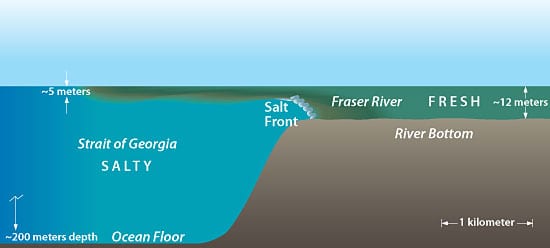
Conclusion
The USACE’s initiative to barge freshwater into the Mississippi River is a significant step towards mitigating the increasing salinity levels that threaten the vital ecosystems and industries dependent on this iconic waterway. Collaboration among various stakeholders underscores the urgency and importance of addressing this environmental crisis. While the short-term plan is essential to stabilize the river’s health, a long-term strategy that addresses climate change and ecological restoration is essential to secure the future of the Mississippi River for generations to come.
Click here to join our Telegram chanel
You will get information, news, and support related to Merchant Navy.
